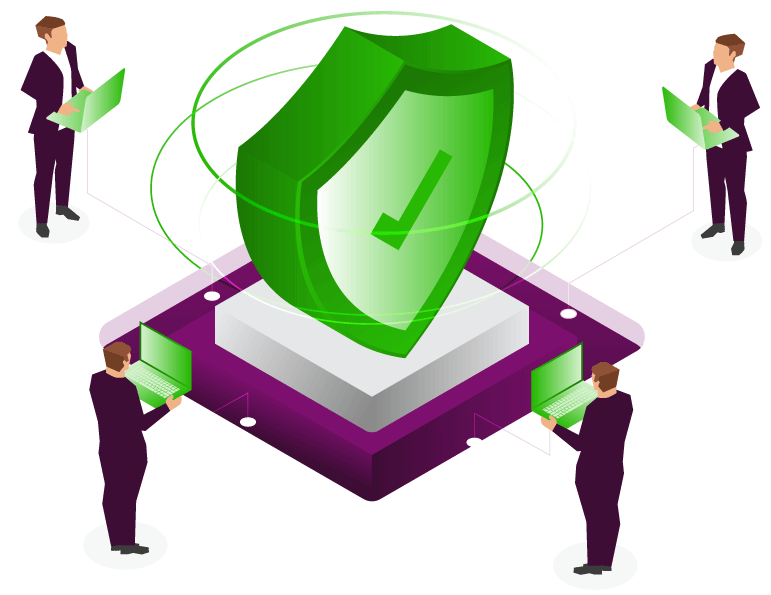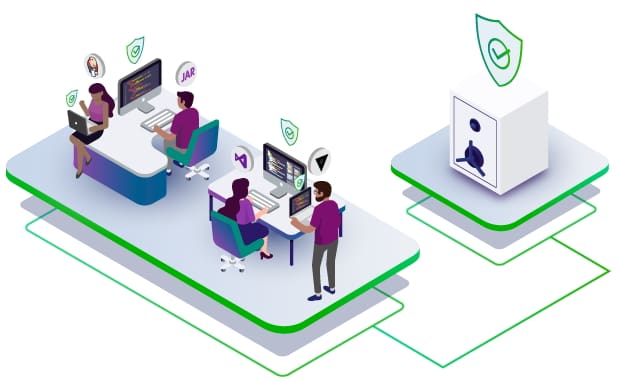We live in a world that runs on code. Software permeates virtually every aspect of our lives, from the things we use each day to the critical infrastructure of our society. It’s difficult to imagine a business today that doesn’t depend on software in some way. As the IoT continues to grow, software only becomes more embedded in our physical world.
There was a time when users could trust the software they downloaded, but that is far from true today. As hackers become increasingly adept in the art of spreading malware, even IT professionals find it difficult to know whether the software or the product they’ve purchased is legitimate. This is where code signing comes in.
Code signing is a cryptographic method used by developers to prove that a piece of software is authentic. By digitally signing apps, software, or embedded firmware with a private key, the proof is provided to end-users that the code originates from a trusted and legitimate source and that it hasn’t been tampered with since it was published.











